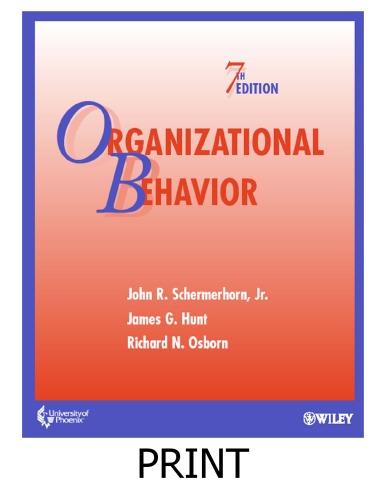When asked to name the fastest growing American team sport, most people respond with basketball, baseball, football,
Question:
When asked to name the fastest growing American team sport, most people respond with basketball, baseball, football, or soccer. However, that distinction, based on total spectator audience, goes to stock car racing. The largest stock car racing group in the world is the National Association for Stock Car Auto Racing (NASCAR). The NASCAR Winston Cup Series—its premier league with 34 events at 22 U.S. tracks—kicks off February 7 at Daytona International Speedway and runs through November 21 with the NAPA 500 at Atlanta Motor Speedway in Atlanta.
The Daytona, Florida-based France family owns NASCAR, making it the only family-owned professional league in the United States. In 1998, NASCAR attracted 11 million fans to race tracks and another 252 million to watch races on television. Attendance at NASCAR races has jumped 80 percent since 1990 and the league’s television ratings placed second in 1998 behind the NFL in sports programming. Drivers are involved in seven cable network shows and three syndicated radio shows each week. NASCAR’s official Web site, at www.nascar.com, is ranked among the five most popular sites on the Internet, receiving 35 million hits each week. Celebrating its 50th anniversary in 1998, NASCAR has become a marketing powerhouse, with races, merchandise, collectibles, apparel, and co-marketing tie-ins. The Coca-Cola Co. placed images of NASCAR racing teams and drivers on 30 million soda bottles in 1998. It was the biggest promotion the soft drink company had ever done and, the company said that it sold more bottles than its annual favorite starring Santa Claus. NASCAR-licensed products generated more than \($900\) million in sales in 1998, up from \($80\) million in 1990, for licensees in 150 categories, including apparel, gifts, accessories, toys and collectibles. The race cars themselves have been described by some as “200 mile-per-hour billboards.” As an organized sport, NASCAR is unique in that its drivers are treated like independent contractors rather than employees. As such, they must behave in addition to seeking their own sponsors to finance their race teams. 5 Traditional NASCAR sponsors, including RJR Nabisco, Pennzoil-Quaker State, and General Motors have been joined by relative newcomers such as M&M/Mars, Lowe’s, and Procter and Gamble. “If you look at where NASCAR was in 1993 and where it is today, you see it’s a completely different sport,” states Dave Elgena, senior executive vice president in charge of motorsports for MBNA. “Today you see lots of big corporations involved that wouldn’t have been here six years ago.” 6 With a history of great drivers, including Richard Petty, Cale Yarborough, and Davey Pearson, a new crop of young drivers is exciting spectators. Compared to the “good-old-boys” who dominated the racing circuit for years, the new crop is younger and more sophisticated. One of the most successful young drivers in the league is Jeff Gordon, racing for Hendrick Motorsport’s #24 Dupont Automotive Finishes.
Jeff Gordon, on the Winston Cup racing scene since 1993, has been a sensation ever since he started racing go-carts and quarter-midget cars at the age of 5. In 1979 and 1981, he was the quarter-midget national champion, and in 1990 he won the 1990 USAC midget championship.7 He has captured the imagination of race fans around the world, becoming the youngest driver ever to win three NASCAR Winston Cup overall championships and has over 40 individual race wins in a four-year span.
Gordon, 27, says his strong family upbringing in California and Indiana and his marriage to former Miss Winston beauty queen Brooke Sealy have made it easy. “There’s no question Jeff has helped take our sport to the next level as far as image,” said Ned Jarrett, a CBS analyst and two-time NASCAR champion during the 1960s. “He’s helped raise the level of competition and also helped get the sport places it’s never been before.” 8 The question becomes, what does Gordon have that others have trouble imitating?
Review Questions
1. Evaluate Jeff Gordon’s race team on dimensions discussed under the author’s conversation on characteristics of high performance teams.
2. Discuss Jeff Gordon’s race team on dimensions discussed under the author’s conversation on methods to increase group cohesiveness.
3. Compare Gordon’s race team on the methods of team building. Which one most applies to this situation?
Step by Step Answer:

Organizational Behavior
ISBN: 9780470076255
7th Edition
Authors: John Schermerhorn, James G. Hunt, Richard N. Osborn





